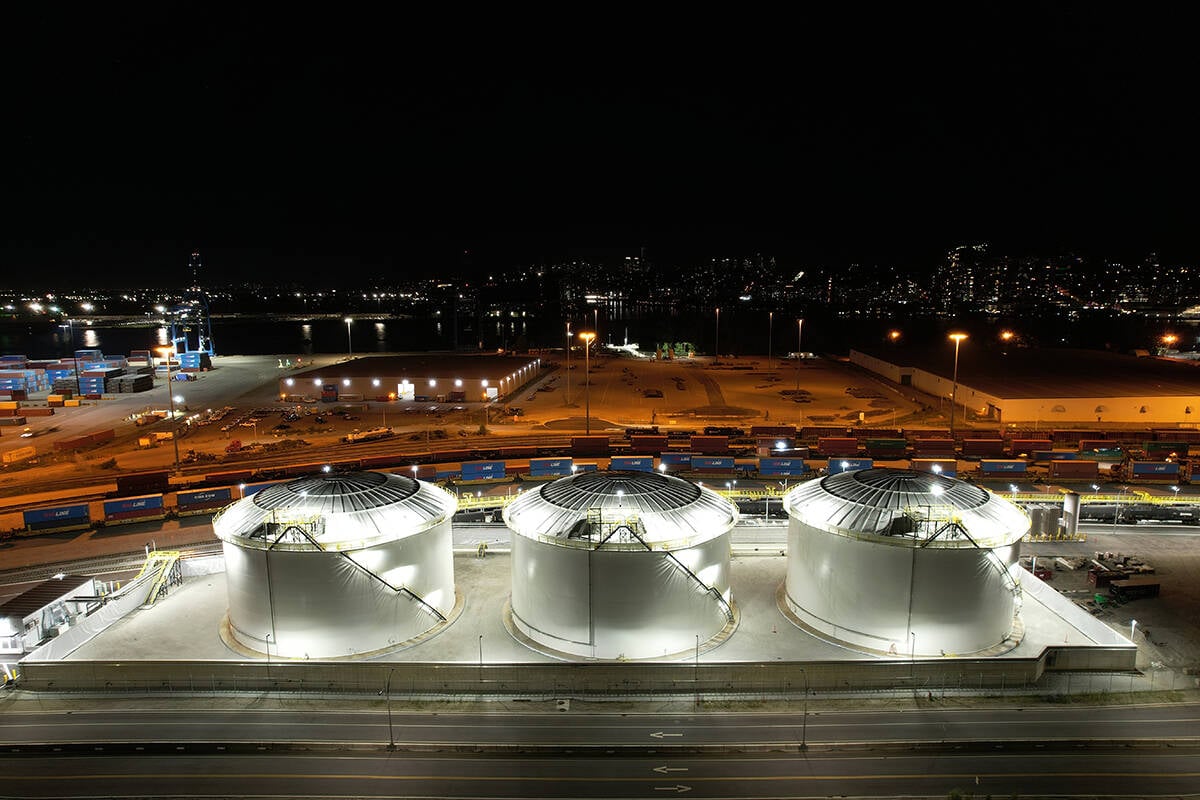From beer drinker to barley grower, traceability for malt barley has arrived in Canada.
For several years farmers have heard about the coming trend of traceability and how their customers will eventually require them to provide details about the way their products are grown and handled.
Japanese beer brewing giant Sapporo began obtaining production records from European Union malt barley growers a couple of years ago, when the EU started to require production diaries from its producers. Last year, Sapporo asked its Australian malt barley growers to fill out a production diary detailing seeding dates and conditions, tillage, pesticide use and harvest and storage details.
Read Also

Canola oil transloading facility opens
DP World just opened its new canola oil transload facility at the Port of Vancouver. It can ship one million tonnes of the commodity per year.
Wataru Saito, Sapporo plant breeder and company field man for Canada, told a group of barley growers in Saskatoon Feb. 20 that they, too, would be asked to provide diaries for the CDC Kendall malting barley they contract to Prairie Malt at Biggar, Sask., directly or through elevator companies. Grain companies are to provide the forms along with the malt barley production contract.
Sapporo began running full page newspaper ads in Japan featuring photographs as well as the names and addresses of Sapporo-contracted Japanese barley growers late last fall and hopes to do the same using Canadian producers in 2004Ð05.
Saito said Japanese consumers have become increasingly cynical about the safety and honesty of the food production chain from grower to retailer.
“Eighty-two percent of Japanese consumers say food labels cannot be trusted. Eighty-three percent care whether or not it contains (genetically modified ingredients) and 85 percent want processors to develop food traceability standards and want (their government to legislate these rules),” he said.
Western Canada is the largest supplier of malt barley to Sapporo. The company now specifies CDC Kendall as its sole Canadian malt.
Saito says the company needs to be able to market its new corporate standard for traceability and quality by the end of 2005 and will require mandatory production records by 2006.
This year, Sapporo will buy 80 percent of its barley under grower contracts through the chain of maltsters, grain companies and, in Canada, the Canadian Wheat Board. In 2006, Sapporo plans to contract 100 percent of its barley needs this way and at the same time begin a process Saito described as “collaborative farming.”
The company’s long-term plan involves having specific production standards that growers must follow.
David Klinger of Prairie Malt handles the company’s offshore sales.
“Sapporo is not naive about crop production and they are still working out what they want with regard to this feature or their plan, but it will have a lot to do with sustainable (farming) practices,” Klinger said.
He said the future of many Canadian food products will hinge on meeting importers’ production standards and having full traceability.
Saskatchewan Wheat Pool hosted the meeting. Company representatives said SWP would pay trucking, production, certified seed and storage incentives for farmers who grow CDC Kendall and would provide the two-page production diary forms.
Kendall is a two-row variety that outyields Harrington, especially in more northern regions. It is rated as poor for scald and smut, fair for net blotch. It stands up well to lodging.
Sapporo formerly used Harrington barley, but moved fully to Kendall for its Canadian supplies for 2004.
















